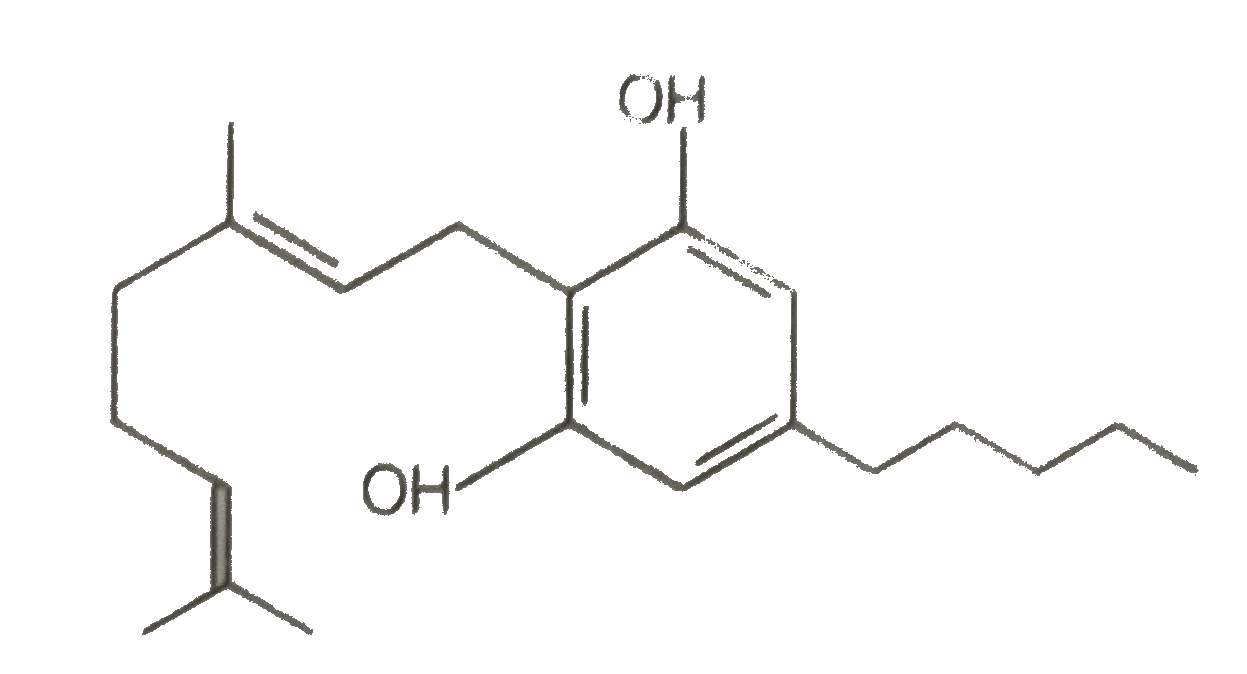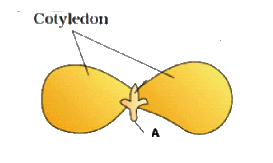Outline the structure of a seed. Name its parts.
Step-by-Step Text Solution:
1. Introduction to Seed Structure: A seed is a small, typically bean-like structure that contains the embryo of a plant. It is designed to protect and nourish the developing plant.
2. Seed Coat (Testa): The outer layer of the seed is called the seed coat or testa. This part serves as a protective barrier, shielding the seed from physical damage and preventing water loss.
3. Parts of the Seed:
- Plumule: The top part of the seed is known as the plumule. This part will develop into the shoot system of the plant, which includes the stem, leaves, flowers, and fruits.
- Radicle: The bottom part of the seed is called the radicle. This part will develop into the root system of the plant, anchoring it into the soil and absorbing water and nutrients.
- Cotyledon: The remaining part of the seed is called the cotyledon. This structure acts as a food reserve for the seed, providing the necessary nutrients for the seed to germinate. Cotyledons can be classified into two types:
- Monocots: Seeds with one cotyledon (e.g., corn).
- Dicots: Seeds with two cotyledons (e.g., beans).
4. Function of Each Part:
- The seed coat protects the seed.
- The plumule develops into the shoot system.
- The radicle develops into the root system.
- The cotyledon supplies nutrients for germination.
5. Conclusion: In summary, the main parts of a seed include the seed coat (testa), plumule, radicle, and cotyledon. Each part plays a crucial role in the seed's development and eventual growth into a plant.
- Plumule: The top part of the seed is known as the plumule. This part will develop into the shoot system of the plant, which includes the stem, leaves, flowers, and fruits.
- Radicle: The bottom part of the seed is called the radicle. This part will develop into the root system of the plant, anchoring it into the soil and absorbing water and nutrients.
- Cotyledon: The remaining part of the seed is called the cotyledon. This structure acts as a food reserve for the seed, providing the necessary nutrients for the seed to germinate. Cotyledons can be classified into two types:
- Monocots: Seeds with one cotyledon (e.g., corn).
- Dicots: Seeds with two cotyledons (e.g., beans).
- The seed coat protects the seed.
- The plumule develops into the shoot system.
- The radicle develops into the root system.
- The cotyledon supplies nutrients for germination.
Topper's Solved these Questions
- STRUCTURE AND FUNCTIONS OF PLANT PARTSBOOK - BETOPPERSCHAPTER - STRUCTURE AND FUNCTIONS OF PLANT PARTSEXERCISE - SUMMATIVE WORKSHEET (ODD ONE OUT)
5 Videos
- STRUCTURE AND FUNCTIONS OF PLANT PARTSBOOK - BETOPPERSCHAPTER - STRUCTURE AND FUNCTIONS OF PLANT PARTSEXERCISE - SUMMATIVE WORKSHEET (TRUE OR FALSE)
14 Videos
- SOILBOOK - BETOPPERSCHAPTER - SOILEXERCISE - SUMMATIVE WORKSHEET
14 Videos
Similar Questions
Name the reproductive parts of an angiosperm. Where are these parts located? Explain in brief the structure of its female reproductive parts.
View SolutionName the reproductive parts of an angiosperm. Where are these parts located? Explain in brief the structure of its female reproductive parts.
View Solution
Knowledge Check
Study of seeds is a part of
APomologyBMorphologyCVegetative morphologyDReproductive morphologyQuestion Stimulus :-
Name the structure that is a part of the skeletal system but are not bonesATeethBHairsCNailsDHooves
a) Explain the external structure and b) name the parts of the alimentary canal.
View SolutionWrite the name and structure of an aldehyde with four carbon atoms in its molecule.
View SolutionThe outline structure of a drug is given below.
(a) Which group of drugs does this represent ?
(b) What are the modes of consumption of these drugs?
(c) Name the organ of the body which is affected by consumption of these drugs.

View SolutionName the outer covering of seed.
View SolutionWrite the name and the structure of monomer of teflon and its uses.
View SolutionIdentify the part of seed marked as A.

View Solution
